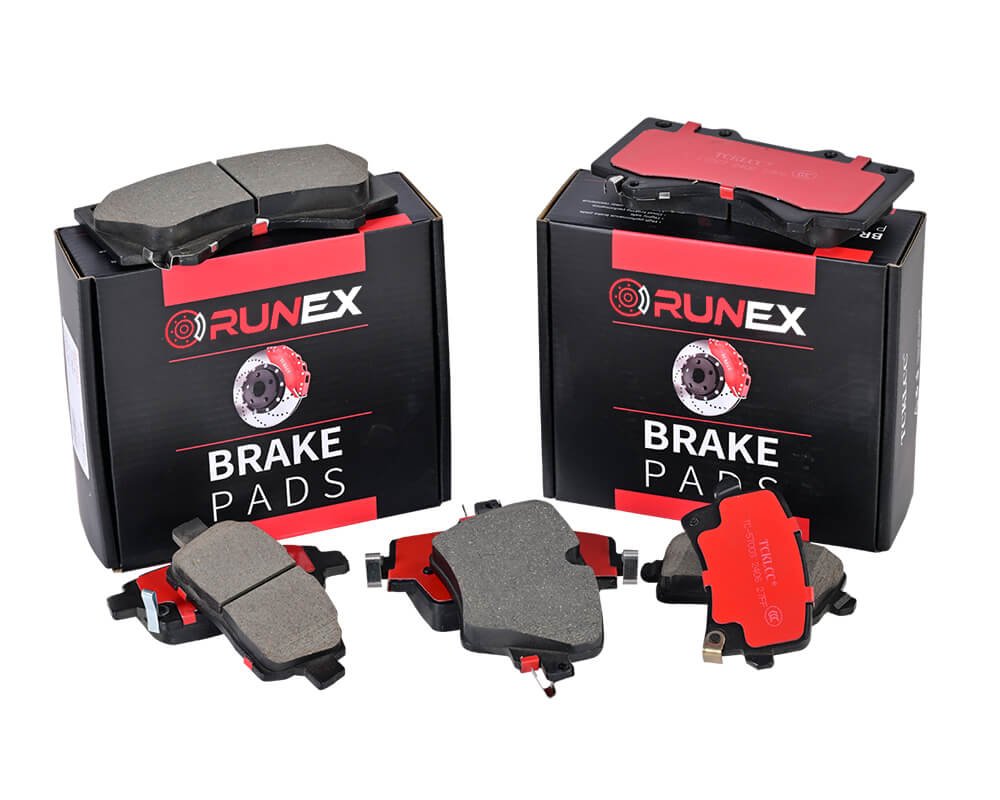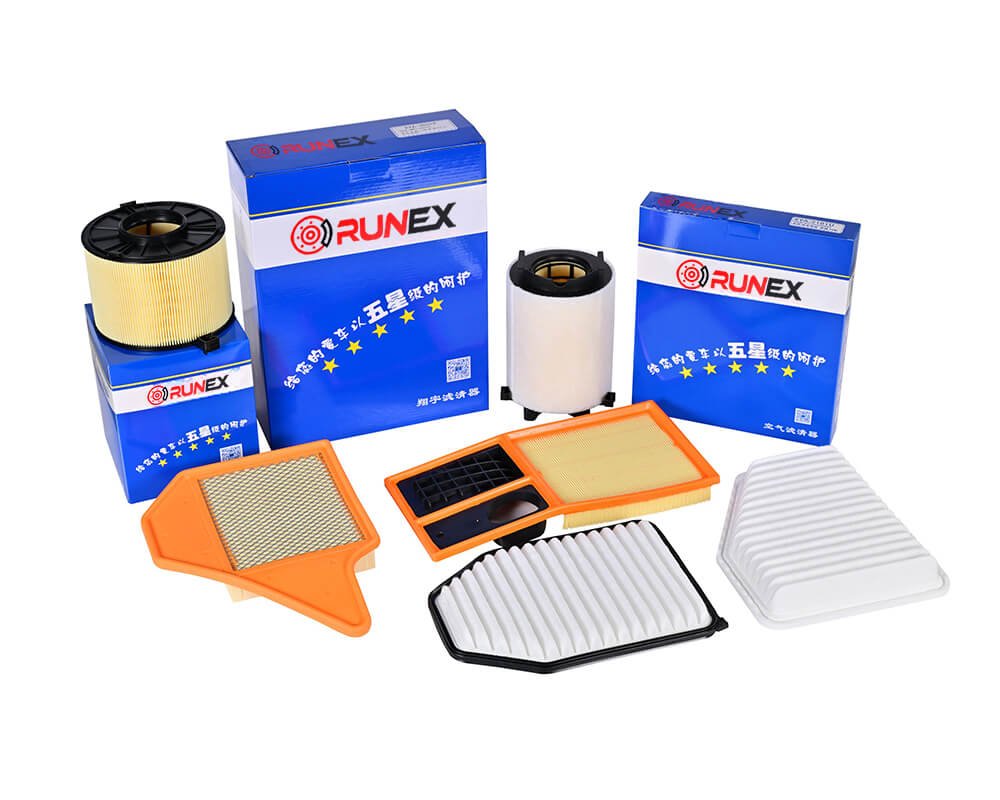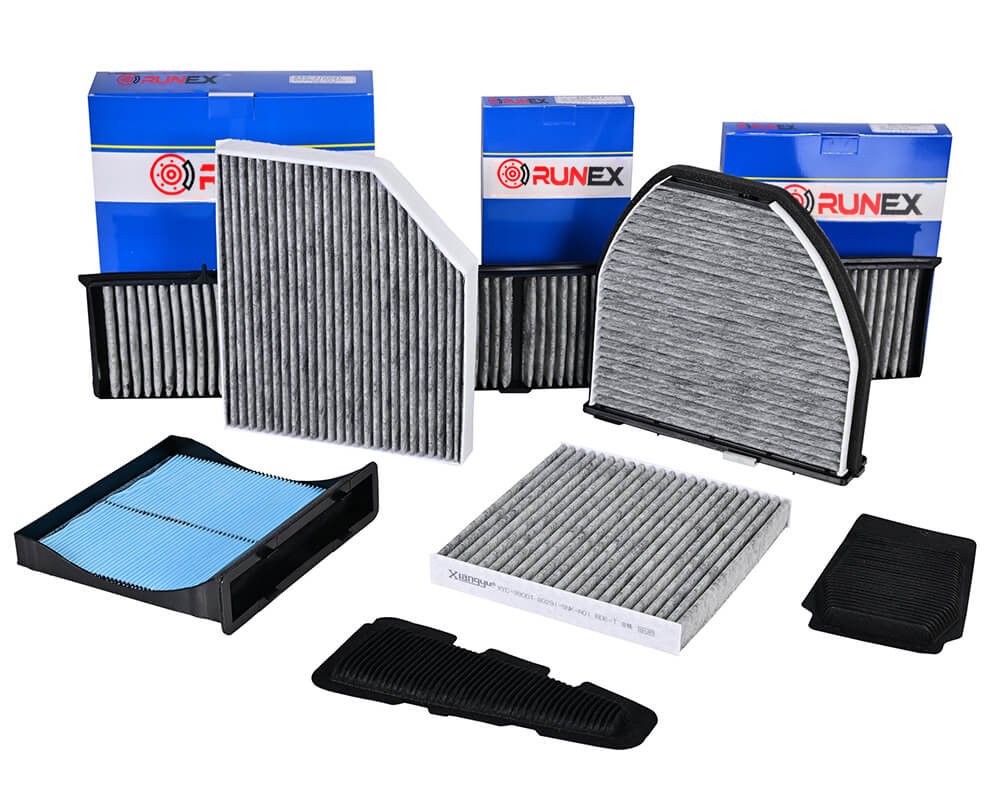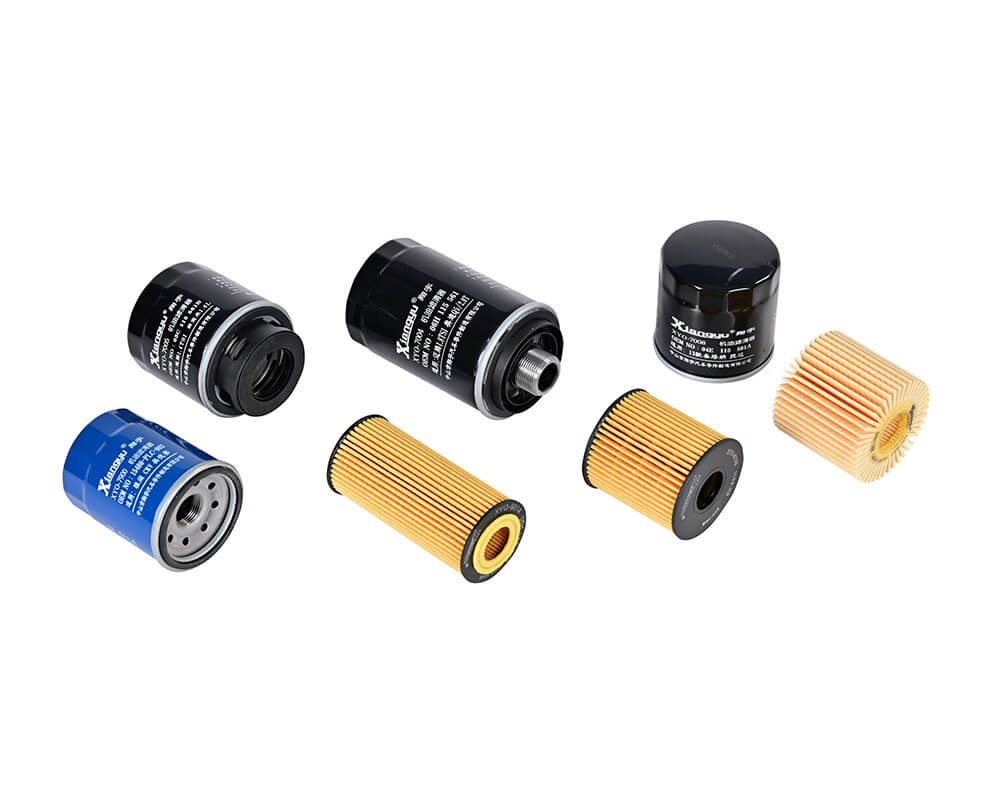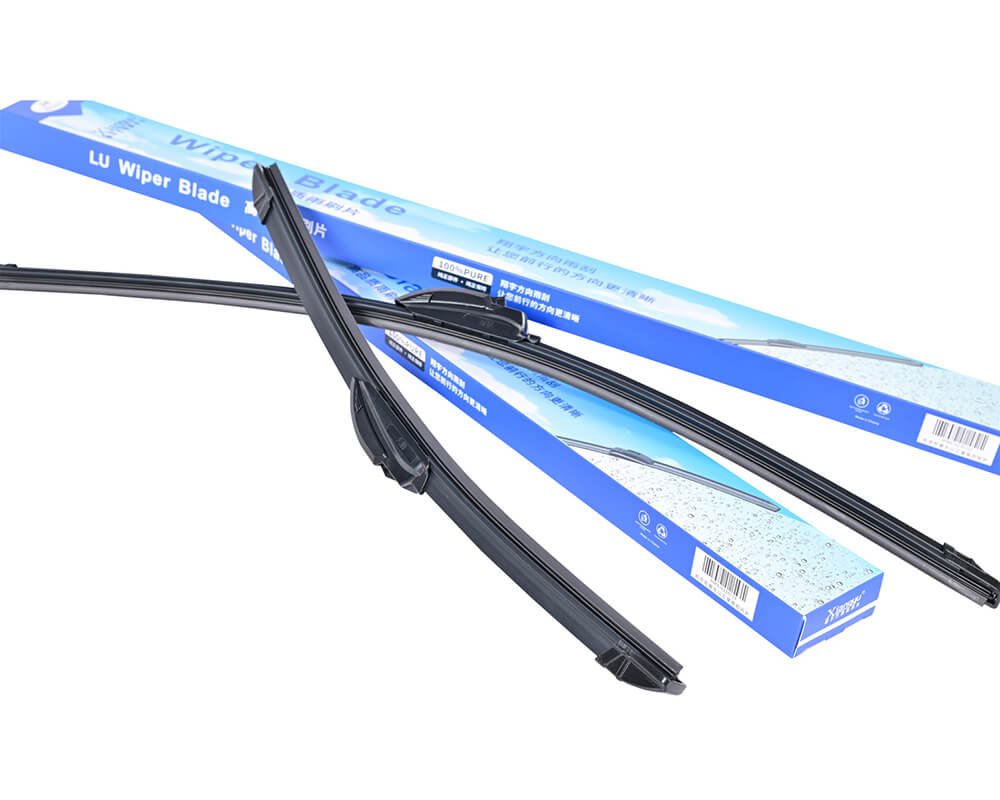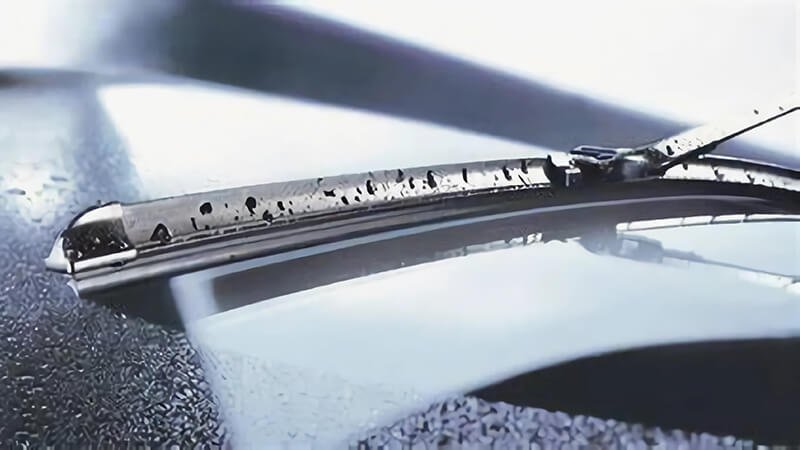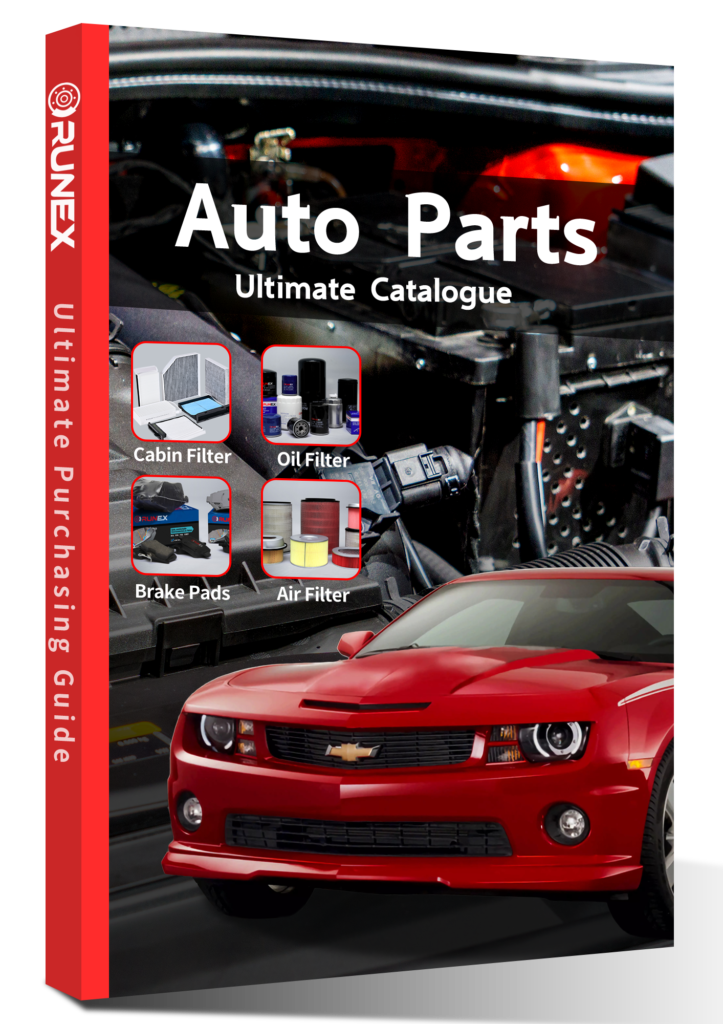When it comes to buying auto brake systems, it's essential to make the right decision for your vehicle’s safety and performance. With so many options available, how can you be sure you're choosing the best one?
Brake systems are a vital part of any vehicle. With so many types of systems and components, choosing the right one can be confusing. This guide will help you navigate through the options and make an informed choice that ensures safety and efficiency.
In this guide, we will answer some of the most common questions that can help you understand brake systems better and assist you in choosing the best one for your needs.

Which Car Brand Has the Best Brake System?
When you’re looking for the best brake system, the brand of the car can significantly influence your decision. Some brands are known for having more advanced and reliable braking technologies. So, which brands lead the way?
Top car brands like Mercedes-Benz1, BMW2, and Audi3 are renowned for their innovative and high-quality brake systems. Each brand designs brake systems tailored to their vehicles, ensuring optimal safety and performance.
Different car brands use various braking technologies to match the needs of their specific vehicles. Here’s a closer look at how different brands approach brake systems and what sets them apart:
1. Mercedes-Benz:
Mercedes-Benz is a premium brand known for its superior engineering, and its brake systems reflect that. Mercedes-Benz offers a wide range of brake technologies, from basic systems to advanced, high-performance solutions for their sports models.
- PRE-SAFE System: This system uses sensors to predict accidents and activates braking early to reduce damage in the event of a collision.
- Adaptive Brakes: This system uses the car's electronic system to adjust braking force depending on driving conditions, such as when driving in rain or snow.
Mercedes-Benz uses these advanced technologies to ensure maximum braking performance and passenger safety. Their brake systems are often considered some of the safest and most reliable.
2. BMW:
BMW, known for its sportier models, offers high-performance brake systems designed for better handling at higher speeds.
- M Carbon Ceramic Brakes: These brakes are found in the BMW M series and are designed to provide exceptional stopping power. They reduce the weight of the car, improve braking performance, and are designed to withstand high temperatures and rigorous driving conditions.
- Dynamic Braking System: BMW’s braking systems use dynamic brake pressure modulation to adjust for the driving environment, ensuring optimal braking response during city driving or highway conditions.
BMW’s advanced materials and technology aim to create a balance between luxury, performance, and safety, making their brake systems stand out for driving enthusiasts.
3. Audi:
Audi offers a high level of customization in its braking technology, adapting to both performance and environmental demands.
- Audi Drive Select: This system allows the driver to select different modes (Comfort, Auto, Dynamic, and Individual), which modifies the braking system’s sensitivity and response.
- Carbon-Ceramic Brakes: Audi’s high-performance models like the R8 use carbon-ceramic rotors, which are lightweight and offer consistent braking power even at high speeds or under heavy braking conditions.
Audi’s braking technologies enhance their cars' performance, providing safety and ease of use for both everyday drivers and performance enthusiasts.
Summary Table:
| Brand | Brake Technology | Key Features | Best For |
|---|---|---|---|
| Mercedes-Benz | PRE-SAFE, Adaptive Brakes | Pre-collision braking, weather-adaptive systems | Safety-conscious drivers |
| BMW | M Carbon Ceramic Brakes, Dynamic Brakes | High performance, heat resistance, lightweight | Performance enthusiasts |
| Audi | Audi Drive Select, Carbon-Ceramic Brakes | Customizable driving modes, high-performance braking | Luxury/performance drivers |
These brands have perfected brake systems that are both efficient and reliable, offering enhanced safety and superior performance. If you’re looking for a car with exceptional braking power, these are some of the top contenders.

What is the Most Effective Braking System?
The braking system’s effectiveness plays a crucial role in your vehicle's safety. Understanding what makes a braking system effective can help you make an informed decision. What characteristics should you look for?
An effective braking system offers fast response times, consistent performance, and smooth operation. The best braking systems are typically those that use advanced materials and technologies, such as ceramic4 or carbon-ceramic5 components.
To understand what makes a braking system effective, it's important to consider several factors, including response time, durability, and overall performance. Here are the key components and technologies that make up the most effective braking systems:
1. Response Time:
The ability of a brake system to respond quickly is one of the most important characteristics of an effective system. Brakes need to react swiftly when the pedal is pressed. Systems like those found in high-performance sports cars use carbon-ceramic rotors6 to provide extremely fast response times. These materials are lightweight and allow the vehicle to stop almost instantly without losing efficiency.
2. Durability:
Durability is another critical factor. Effective braking systems should withstand prolonged use without significant wear. Brake pads and rotors made from advanced materials like ceramic7 offer superior durability, maintaining their efficiency for much longer periods, especially under heavy braking conditions.
These components contribute to an effective braking system that maximizes safety while minimizing wear and tear over time. High-performance vehicles often incorporate multiple advanced technologies, such as regenerative braking, to enhance the effectiveness of their brake systems.
Comparison of Effective Braking Systems:
| System Type | Key Features | Pros | Cons |
|---|---|---|---|
| Carbon-Ceramic Systems | Lightweight, fast response time, high heat resistance | Fast stopping, long lifespan | Expensive, noisy at low speeds |
| Regenerative Braking | Converts braking energy to electricity | Increases efficiency, saves energy | Less responsive feel, complex system |
| Adaptive Brakes | Adjusts braking force based on weather/conditions | Consistent performance across all conditions | Can be more costly due to complexity |
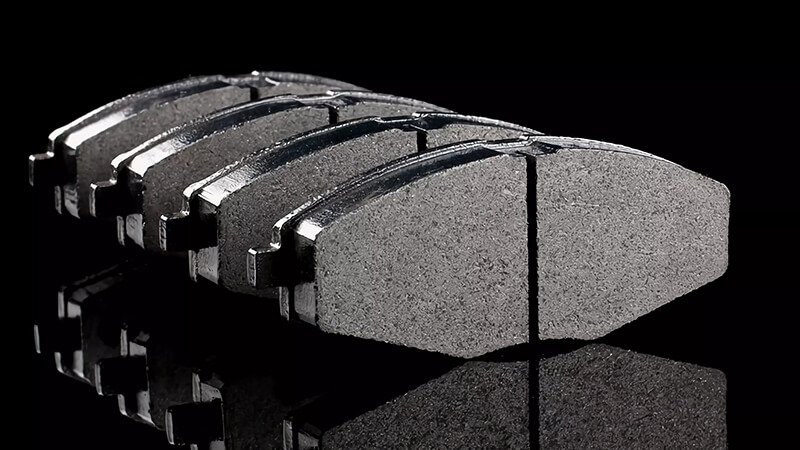
What is the New Technology for Braking Systems?
Brake systems are constantly evolving with new technologies aimed at improving performance, safety, and efficiency. What are the most exciting new developments in braking systems?
New technologies like regenerative braking8, electromagnetic brakes9, and autonomous emergency braking10 systems are pushing the limits of what’s possible. These innovations offer improved efficiency, safety, and driving experience.
With the advancement of automotive technologies, brake systems have also evolved to provide better performance, safety, and efficiency. Here are some of the most exciting new technologies currently shaping the future of braking:
1. Regenerative Braking:
Regenerative braking is a technology primarily found in electric vehicles (EVs) and hybrids. This system converts the energy typically lost during braking into electrical energy, which is then stored in the vehicle’s battery. This not only increases the vehicle’s efficiency but also helps extend the life of the brake pads, as the system reduces wear.
While regenerative braking is becoming more common in electric and hybrid vehicles, it is still an emerging technology in traditional combustion engine vehicles. Its efficiency in energy recovery is unmatched, but it does have a learning curve for drivers accustomed to traditional braking feel.
2. Electromagnetic Brakes:
Electromagnetic brakes are an emerging technology that uses magnetic fields to slow or stop a vehicle. These brakes are highly efficient and require less maintenance than traditional friction brakes, making them ideal for electric vehicles and future transport solutions. They provide smooth braking without the wear and tear associated with traditional systems.
Electromagnetic braking systems use far less energy, helping improve the vehicle's overall fuel efficiency. However, they are still in the experimental phase for most passenger vehicles but show great promise for future applications.
3. Autonomous Emergency Braking (AEB):
Autonomous Emergency Braking is a key component of modern driver assistance systems (ADAS). Using sensors and cameras, AEB systems can detect obstacles ahead and apply the brakes automatically if the driver does not respond in time. This technology has already been incorporated into many vehicles and is expected to become standard in future cars.
AEB systems are a game-changer in terms of safety. They have already proven to reduce accidents and are being improved to handle a wider range of scenarios, such as pedestrians or cyclists in urban environments.
4. Carbon-Ceramic Brakes:
While not entirely new, carbon-ceramic brakes 11are an innovation that has become more accessible in recent years. These brakes offer exceptional stopping power and are highly resistant to wear. They are found in high-performance and luxury vehicles and are expected to become more common in the future.
The technology has expanded beyond motorsports into regular consumer vehicles. As carbon-ceramic rotors become more affordable, more consumers can enjoy the benefits of better braking performance.
New Technology Breakdown:
| Technology | Advantages | Challenges | Current Usage |
|---|---|---|---|
| Regenerative Braking | Increases vehicle efficiency, reduces brake wear | Learning curve for drivers | EVs, Hybrids |
| Electromagnetic Brakes | Low maintenance, efficient braking | Not widely available yet | Future Transport |
| Autonomous Emergency Braking (AEB) | Enhanced safety, automatic response | Can be costly to integrate | Many modern cars |
| Carbon-Ceramic Brakes | Superior performance, heat resistance | Expensive, high maintenance | Sports and luxury cars |
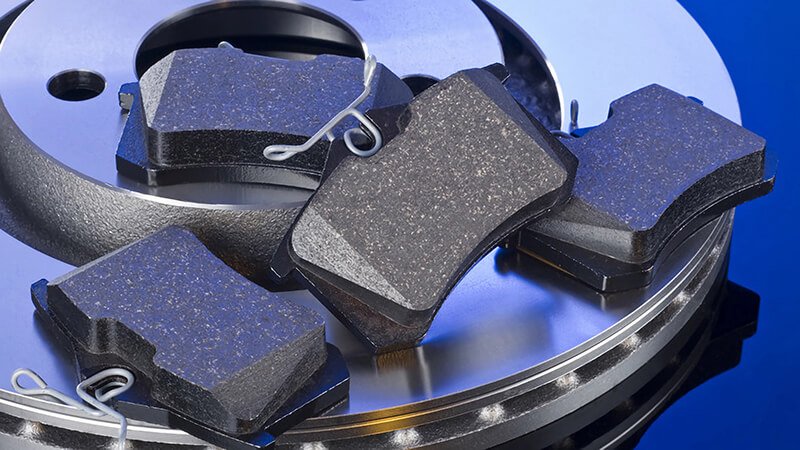
What are the Most Expensive Brake Pads?
High-performance brake pads can come with a hefty price tag. But what makes certain brake pads so expensive, and are they worth the investment? Let’s take a closer look at the cost of premium brake pads.
The most expensive brake pads are typically made from advanced materials like carbon-ceramic12 or titanium13. These materials offer superior performance and durability but come at a premium price.
The price of brake pads can vary greatly depending on the materials used and the performance they offer. Here’s a breakdown of the most expensive types of brake pads:
1. Carbon-Ceramic Brake Pads:
These brake pads are known for their outstanding performance and longevity. Carbon-ceramic pads are often found in high-performance and luxury vehicles like Ferrari, Porsche, and Lamborghini. They are designed to withstand extremely high temperatures without warping or losing effectiveness. Their superior durability means they can last much longer than traditional brake pads, but they come at a high price, often ranging from $500 to $1,500 for a set.
These pads are ideal for vehicles that require consistent high-speed performance, making them a top choice for racing cars and sports models.
2. Titanium Brake Pads:
Titanium is another material used in high-performance brake pads. While titanium pads are not as common as carbon-ceramic pads, they offer incredible strength and lightness. These pads are often used in motorsports and can cost upwards of $1,000 for a set.
3. Performance Ceramic Brake Pads:
Not to be confused with standard ceramic pads, performance ceramic brake pads are designed for high-performance driving. They offer excellent braking power and heat resistance, making them ideal for sports cars and track use. A high-quality performance ceramic brake pad can cost between $300 to $500 for a set.
These pads balance performance with affordability, making them a great choice for performance-oriented drivers who want quality without the extreme cost of carbon-ceramic pads.
4. Specialty Brake Pads:
There are also specialty brake pads designed for specific vehicle types or driving conditions, such as racing brake pads14. These pads are made from unique compounds that offer high friction and can withstand extreme conditions. Specialty brake pads can cost anywhere from $200 to $1,000, depending on the application.
While these expensive brake pads offer excellent performance, they may not always be necessary for everyday drivers. If you're looking for high performance, however, these pads are a solid investment for those who need top-tier braking power.
Comparison of Expensive Brake Pads:
| Brake Pad Type | Key Features | Price Range | Ideal For |
|---|---|---|---|
| Carbon-Ceramic | High heat resistance, durability, lightweight | $500 - $1,500 | Sports and luxury cars |
| Titanium | Lightweight, strong, durable | $1,000+ | Motorsports and high-performance vehicles |
| Performance Ceramic | Excellent braking power, heat resistance | $300 - $500 | Track use, performance cars |
| Specialty Pads | Unique compounds for high friction | $200 - $1,000 | Racing and extreme conditions |

Conclusion
In conclusion, selecting the right brake system for your vehicle requires careful consideration of various factors such as the car brand, material types, and technological advancements. Whether you opt for high-performance systems like those in luxury cars or seek the latest innovations in braking technology, the ultimate goal is to ensure safety, efficiency, and performance on the road.
-
Learn about advanced braking technologies used by Mercedes-Benz for optimal safety and performance. ↩
-
Discover the exceptional stopping power and lightweight design of BMW’s M Carbon Ceramic Brakes. ↩
-
Explore Audi’s innovative carbon-ceramic braking technology for performance and durability. ↩
-
Learn about ceramic materials used in braking systems for better performance and durability. ↩
-
Understand how carbon-ceramic brakes provide lightweight, fast response and high efficiency. ↩
-
Discover how carbon-ceramic rotors improve response times and vehicle performance in sports cars. ↩
-
Explore how ceramic materials enhance brake durability and performance. ↩
-
Understand how regenerative braking increases efficiency and reduces wear in electric and hybrid vehicles. ↩
-
Discover how electromagnetic brakes work and their benefits in terms of efficiency and maintenance. ↩
-
Learn about AEB systems and how they improve safety by automatically applying brakes in emergency situations. ↩
-
Explore how carbon-ceramic brakes offer exceptional stopping power and durability in high-performance vehicles. ↩
-
Learn how carbon-ceramic brake pads provide superior durability and performance in sports and luxury cars. ↩
-
Discover the strength and lightness of titanium brake pads used in high-performance and motorsport applications. ↩
-
Understand the benefits of racing brake pads made from high-friction compounds for extreme driving conditions. ↩



